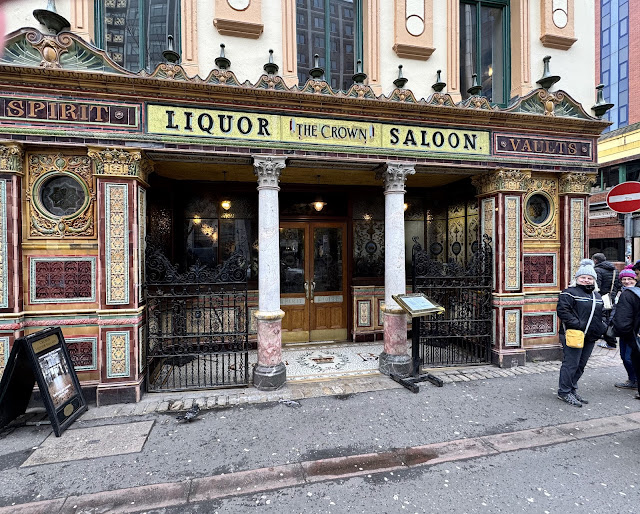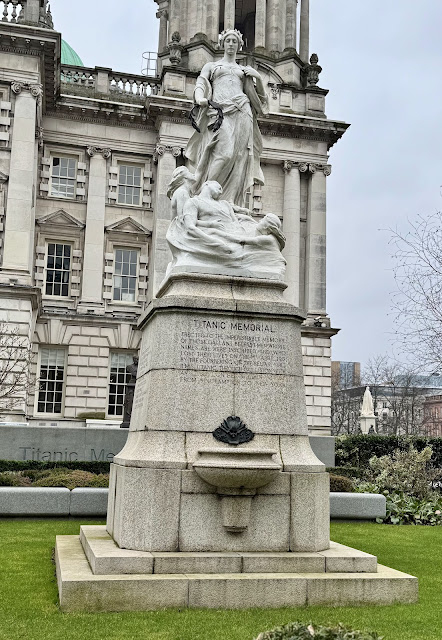Our first trip away in in our Motorhome this year was great success. Firstly we had great weather, only raining occasionally at night, then the Braithwaite Village camp site was first class and in a beautiful setting. Also, as you would expect from the Lake District, the area had some very enjoyable walks, which I’m pleased to report we took advantage of.
Braithwaite Village Camping and Caravanning Site is amongst one of the best sites we have stayed on. Generous and clean pitches, facilities were exceptionally clean and regularly checked by the very friendly and helpful. staff. Highly recommended and certainly worth another visit if we decide to further explore this part of Cumbria.
Braithwaite lies just to the west of Keswick and to the east of Grisedale Pike Ridge. Its a very picturesque wee village and has a well stocked Village Shop, along side several pubs, holiday lets and guest houses. Many local walks start from this village.
The nearest large town is Keswick, four miles from the camp site along some country roads and footpaths via Ullock, Portinscale and the Derwentwater Marina. By car its reached by the A66. and the B5289. A very busy town with a market on a Saturday and a large supermarket. You can get a bus back from just outside the supermarket if you need to carry back your messages. Great fish restaurant and plenty of walking/hiking shops.
Although Barrow Fell is said to be at a modest height of 455 metres, it did not feel that way to us. A strong cross wind the higher you got and some force summits did not help, but well worth it for the views on the way up. A circular walk heading back via Barrow Door to Braithwaite village shop for hot chocolate and cake, a just reward for the effort.
The most interesting walk was along the Coledale Valley, following the Coledale Beck to the derelict remains of the Force Craig Mine.
“Mineral workings may date back to 1578 in the valley Significant workings did not begin until the 1800s with lead and silver being mined until 1865, ending with a drop in the price of lead rendering it uneconomic. Later Barytes was mined, with 5300 tons of ore being produced up to 1879 when again market forces led to production ending. The mine was worked on and off with various changes in operation, and under different owners, with lead, barium and zinc ores being extracted. In 1990 a collapse in the mine led to it being closed, and ownership passed to the National Trust.”
Also adjacent to the mine workings is the Water Treatment Scheme formally opened in November 2015 by the Tory MP Rory Stewart for cleaning of mine water. Since the closure of the mine it has been a source of pollution due to metals in the water that drain from the underground mine workings and mine waste. Zink being the main problem, but radium and lead can also b found in the water. These pollutants damaged fish and insects in the Coledale Beck and adjoining water ways. Certainly a grand 6.5 mile walk on a good solid track that would have been originally used by last working mine in the Lake District.
A mobile coffee shop is something not normally found on any of our walks, but todays walk was different! Cracking wee van at the bottom of Cat Bells, although our 7.5 mile walk took us to the banks of Derwent Water via Hawse End into Brandelow Park and a picnic on the shore. Part of our return walk was on the Cumbria Way via some lovely wooded countryside.
As I said in my opening paragraph it was a break that was very much enjoyed, and certainly the sunny warm days helped tremendously. Its a shame that the English are not as friendly as the Scots or the Irish, a smile and a good day does not come hard.

















































































